Exhibitions, Projects
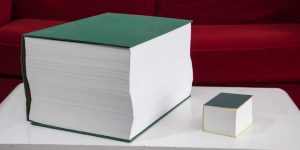
Digital Investigations #1 & #2
Valerio Vincenzo (IT)
The book, weighing about 30 kg, and composed of over 4,000 pages of binary code, is the negative of my photograph, namely its origin information: This sequence of 0 and 1 allows me to visualize the enormous amount of information produced each time I take a photograph. I cannot understand the information in this book, but for a computer the information in the book is the photo.
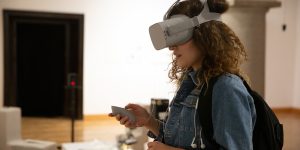
microplastic_hyperobject
Maria Degand (FR/DE), Leon-Etienne Kühr (DE)
Numbers and graphs are the essence of most scientific papers. They try to describe the world, facts, and problems. Microplastics are one of these problems. This artistic research is an example of how people can literally be put in these graphs. It looks at the real problem particle in this particle system. The design of experimental research is set up to simulate the experience of the hyperobject in virtual reality. Experiments on the scale in virtual reality and about connections in virtual space.

Eclipse II
Félicie d’Estienne d’Orves (GR/FR)
"Eclipse II helps us to experience the inherent game between the relative position of the observer, a light source and an eclipsing disk. By means of a projection on a suspended circular screen, it questions the instinctive and mystic understanding that natural manifestations of light induce. "
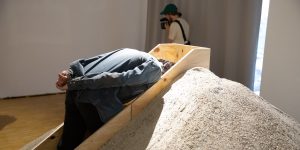
Drosophila Karaoke Bar
Ursula Damm (DE)
Drosophila Karaoke Bar invites visitors to establish a direct exchange with fruit flies through a technical interface that invites visitors to talk and sing with the flies.
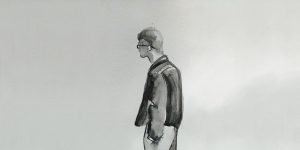
The Work of Art in The Age of Instastory
Reza Zefanya Mulia (ID)
The Work of Art in The Age of Instastory seeks the possibility of how an artwork could be appreciated properly when it has been developed into a short-term digital content that only lasts for 24 hours on social media. Using two contrasting objects—hand-drawn works on paper and three smartphones with looping videos—the installation also raises questions about whether social media posts can do justice to both exhibited artworks and the artists themselves.
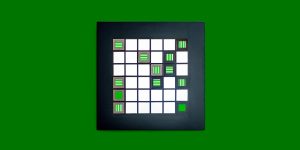
Alterplex
Hakan Lidbo (SE)
Alterplex is a strategic board game where the board is invisible, except seen through the pieces. The moving properties of the pieces are decided by the animations of the board, constantly changing, following a hidden pattern. The game is synchronized with a musical structure that guides the players with timing and strategy. As the players have to predict many possible futures, the game becomes a training tool for non-linear thinking.

Behind the Interface
Monika Szűcsová (SK), Adam Franc (CZ)
Software art refers to the artistic activity that allows software (and the software's cultural significance) to be reflected within the media or material of software. The course Software Art is divided into theoretical lectures on the history and genealogy of software art on one hand, and practical application on the other. The presented works are the result of linking theoretical and practical skills that students have acquired.
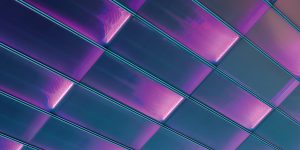
Tracing
Ao Yanxi (CN)

Humus, Humanity & Humility
Julian Chollet (DE)
Humus is more important than art, money, or success. Humanity depends on intact ecosystems and fertile soil. Humility and responsibility will help our species survive.
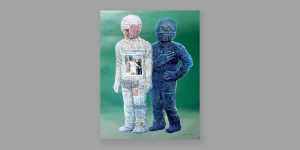
Indonesia Kaya in Augmented Reality, My Identity in Augmented Reality
Budi Ubrux (ID)
Through this app, art lovers can witness the painting come alive, offering an interactive digital experience about what it may have been like to be in the scene during the 21st century as depicted in the painting. It featured newspaper-wrapped heads as a metaphor for image-making desires. Ubrux adapts symbolic language for a new generation: Digital Avatar.


